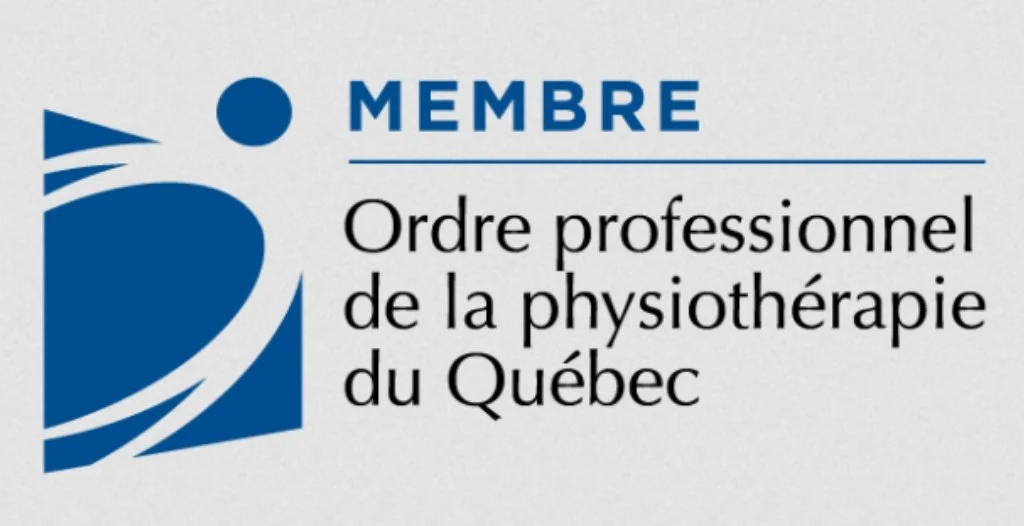There are various causes of leg pain. If the pain is accompanied by significant swelling, it is strongly recommended that you consult a doctor to rule out other diagnoses.
A common cause of pain in the leg is an irritation of a nerve coming from the spine such as the sciatic nerve. A low back injury is the usual culprit that can result in this type of nerve irritation, which can cause numbness, tingling, or a weakness in the leg or foot. Conservative treatment for such an issue usually involves physiotherapy through manual therapy and exercise for the low back.
Another contributing factor for leg pain is biomechanics, which can involve decreased joint mobility or muscle weakness. Joint stiffness in the hip, the knee, or the foot can have repercussions for the rest of the leg since these joints work in concert with each other like the gears of a machine. Weakness in a muscle can at times lead to a lack of joint mobility. Furthermore, this weakness can cause muscle tension which results in pain. Manual therapy and specific exercises help improve joint mobility. Certain exercises can also target muscles that need strengthening. In short, physiotherapy helps restore proper biomechanics to reduce pain in the legs.
For more information, you can consult my website francisphysio.com or contact me 514-963-0519.
